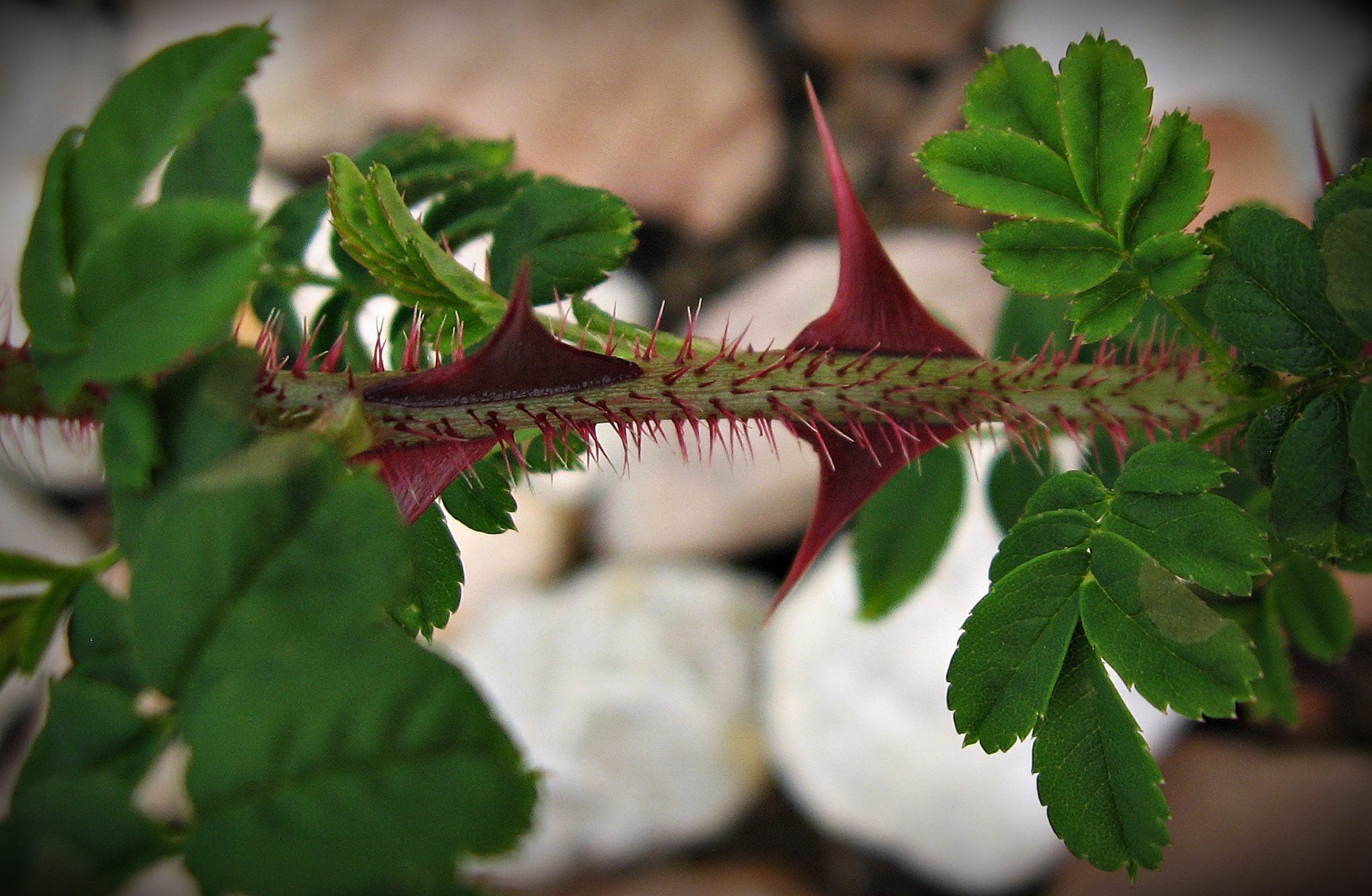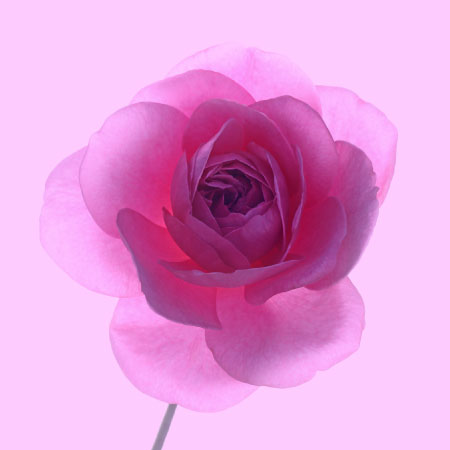What Is A Wingthorn Rose Plant: Care Of Wingthorn Rose Bushes


I don't know about you but when I hear of Wingthorn roses, a picture of a classic castle in England comes to mind. Indeed, a fine stately looking castle with beautiful rose beds and gardens adorning its perimeter and interior courtyard. However, in this case, a Wingthorn rose actually is both a spectacular and unusual species of rose bush from China. Let's learn more about Wingthorn rose bushes.
Wingthorn Rose Plant Info
A fine beauty of a rose dating back to the 1800's, the Wingtorn rose (Rosa omeiensis syn. Rosa pteracantha) was introduced into commerce in 1892. Wingthorn was named by Rehder & Wilson from E.H. (“Chinese”) Wilson's rose bush collections in China. Her pretty single white, slightly fragrant, blooms come in early spring and then are gone. However, the blooms are not really her main attraction, as she has large, bright, ruby red thorns that trail back into her canes and are truly reminiscent of wings. Thus, the nickname of “Wingthorn.” These winged thorns, as they become mature, can become up to 2 inches (5 cm.) long and stand magnificently out from the canes by an inch (2.5 cm.)! The winged thorns are semi-transparent too, thus allowing the sunshine to truly set them aglow. Late in the season her winged thorns lose their ruby red coloration and turn to brown. Along with her unique thorn structure, another unique trait of this wonderful rose bush is the leaf/foliage structure. Each leaf set is no more than 3 inches (8 cm.) long and has a fern-like appearance that is finely split up into many leaflets. Such soft looking foliage makes for a nice backdrop for those beautiful, winged thorns.
Growing Wingthorn Roses
If your rose bed or garden is in a mild enough climate, the Wingthorn rose will grow very well with little attention. The Wingthorn rose needs a lot of room to grow, as she can easily grow to over 10 feet (3 m.) tall and 7 to 8 feet (2 m.) wide. An open and airy location is best when growing Wingthorn roses in the garden, and the plant is tolerant of many soil types. It is not the hardiest of rose bushes when it comes to cold climate gardens though, so special protection and Wingthorn rose care must be taken for her to survive through the winter season-- such as extra mounding and wrapping of the canes. From the information available, this species of rose appears to be free of any problems with the usual leaf diseases that affect some other rose bushes. Although this wonderful rose bush can indeed take up a considerable amount of room in the garden or rose bed, she can also be kept pruned into a smaller and more manageable shrub. In this way, she will easily fit into many a garden or rose bed, allowing all to enjoy her beautiful display of winged thorns, soft foliage and pretty, while fleeting, single white blooms. This rose bush may be obtained online. However, be prepared to pay a considerable amount for this rose bush, as shipping is not a low cost! The name, as listed on the websites, is “Rosa pteracantha.” To further aid in your search for this wonderful rose, it sometimes also goes by the name "Dragon Wings."
Gardening tips, videos, info and more delivered right to your inbox!
Sign up for the Gardening Know How newsletter today and receive a free copy of our e-book "How to Grow Delicious Tomatoes".

Stan V. Griep contributed to Gardening Know How for many years, and has been a Colorado Native Rosarian for over four decades. He is an American Rose Society Certified Consulting Master Rosarian in the Rocky Mountain District, and a member of the Denver Rose Society, the Loveland Rose Society, and the American Rose Society. He is Gardening Know How's in-house expert on all things roses.
-
 My Homemade Orchid Fertilizer Always Brings More Blooms – Here's The Easy Recipe That Transforms Plants
My Homemade Orchid Fertilizer Always Brings More Blooms – Here's The Easy Recipe That Transforms PlantsScientist-turned-gardener Mary Ellen Ellis shares her tried-and-tested DIY orchid fertilizer recipe, plus more ingredients to try for healthy, happy plants.
By Mary Ellen Ellis
-
 Looking For Plants To Give You The Soft And Fuzzies? Try These 5 Fuzzy Leaf Plant Options
Looking For Plants To Give You The Soft And Fuzzies? Try These 5 Fuzzy Leaf Plant OptionsLovers of texture, drama, silver foliage and tactile plants will adore these special sensory garden additions. These fuzzy leaf plant options will leave you all aglow
By Susan Albert